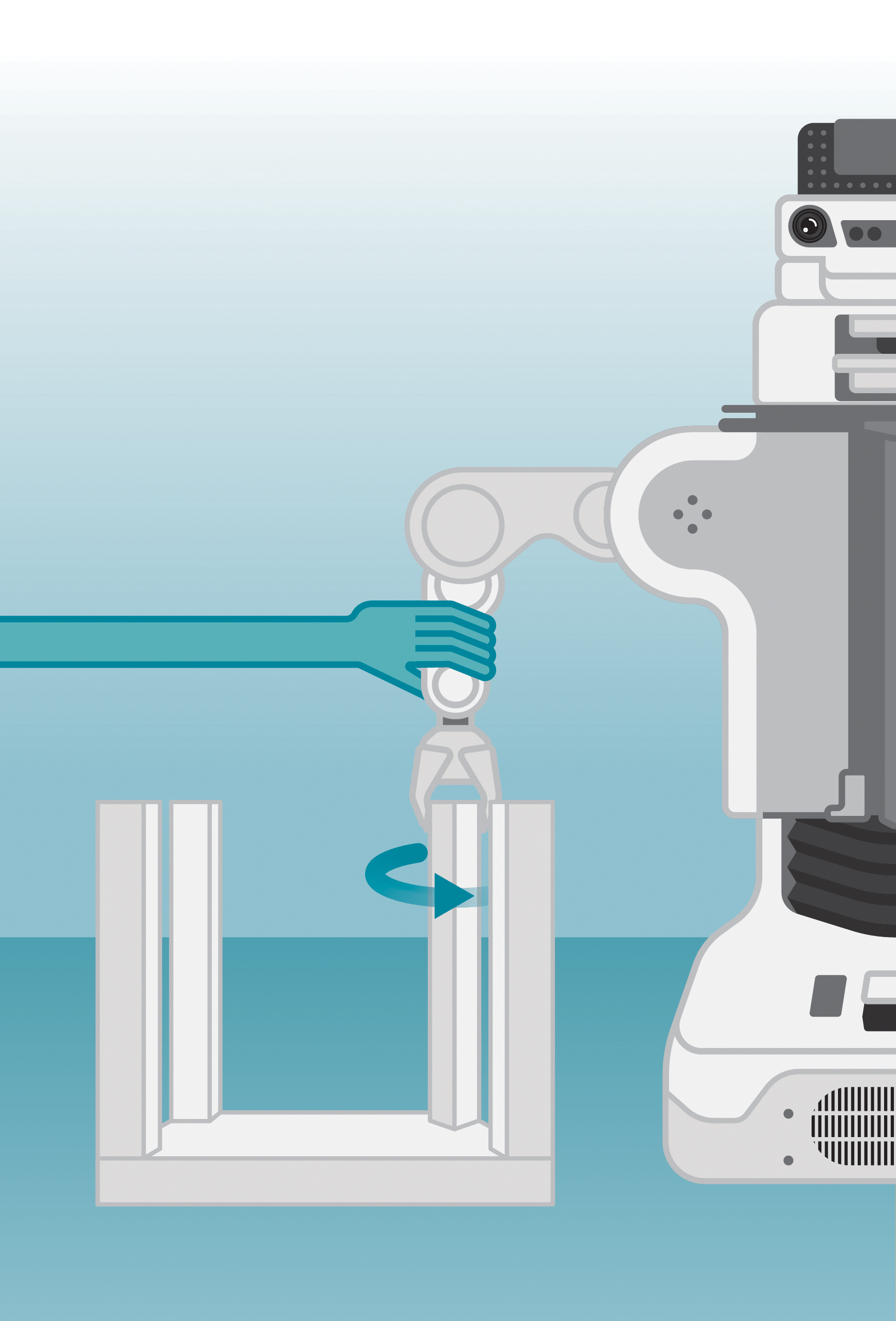How to Train Your Robot
From self-driving cars to robotic vacuums, artificially intelligent machines get invited into our lives to tackle the things we don’t want to do. Programming these robots is complicated. Now imagine teaching them to do jobs on the fly.
That’s the challenge for computer scientist Scott Niekum. As director of UT Austin’s Personal Autonomous Robotics Lab, he trains robots to do dirty, dangerous, dull tasks that humans prefer to delegate, like inspecting sewer pipes or nuclear reactors. If a robot learns to assemble IKEA furniture –
a test involving navigation, dexterity, planning, spatial awareness and more – Niekum’s team knows the learning interface is solid.
Programming a robot is the traditional way to get robots to do your bidding, but Niekum envisions flexible and accessible alternatives to allow people without coding skills to guide robots safely.
Move it. Move the robot through a series of steps by manipulating its limbs to complete a task and outline an objective. The robot practices on its own, then incorporates any feedback.
Show and tell. Demonstrate the task as the robot watches via camera and listens to verbal instructions. Then, the robot will try to copy. You provide feedback until the robot masters the task.


